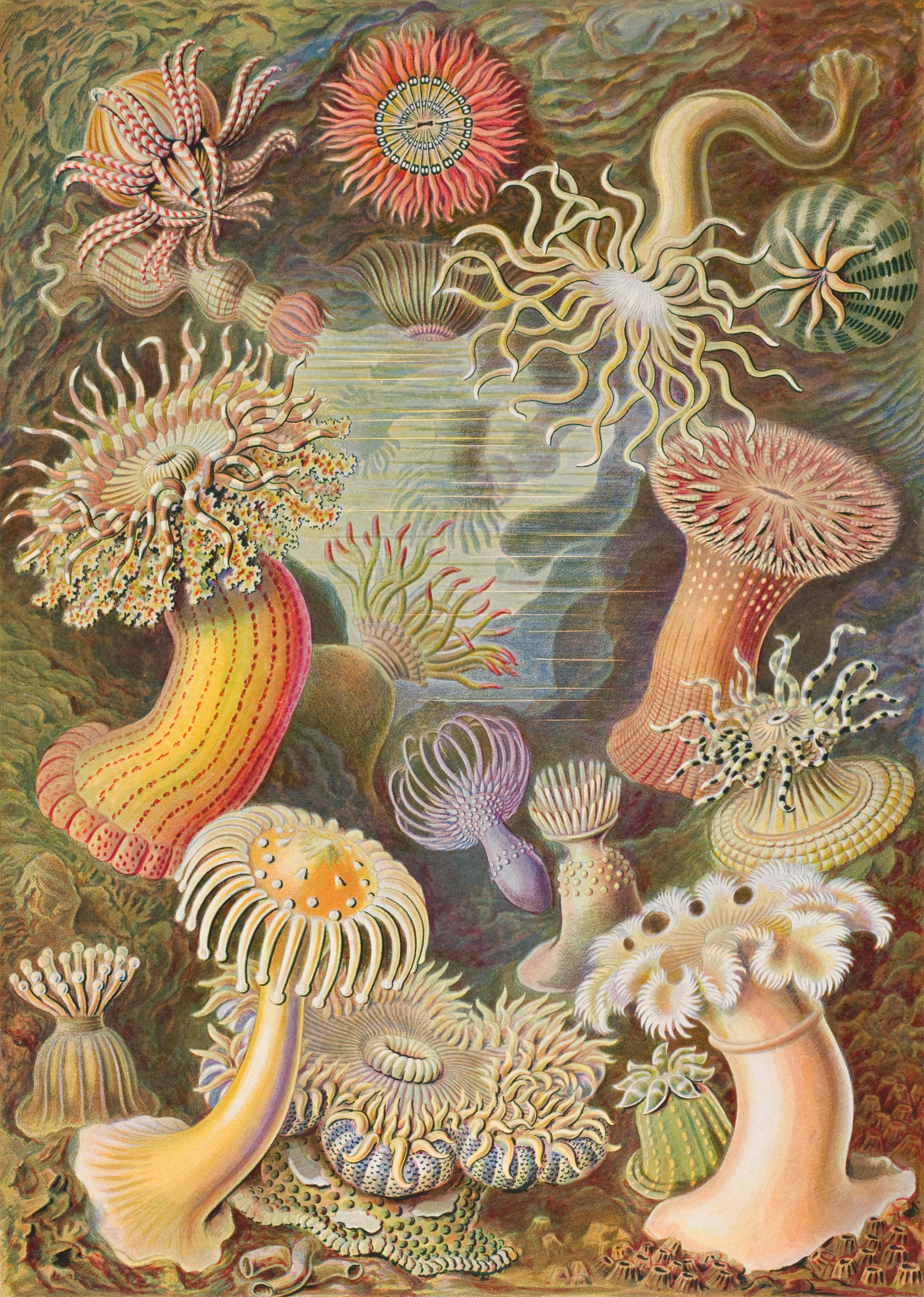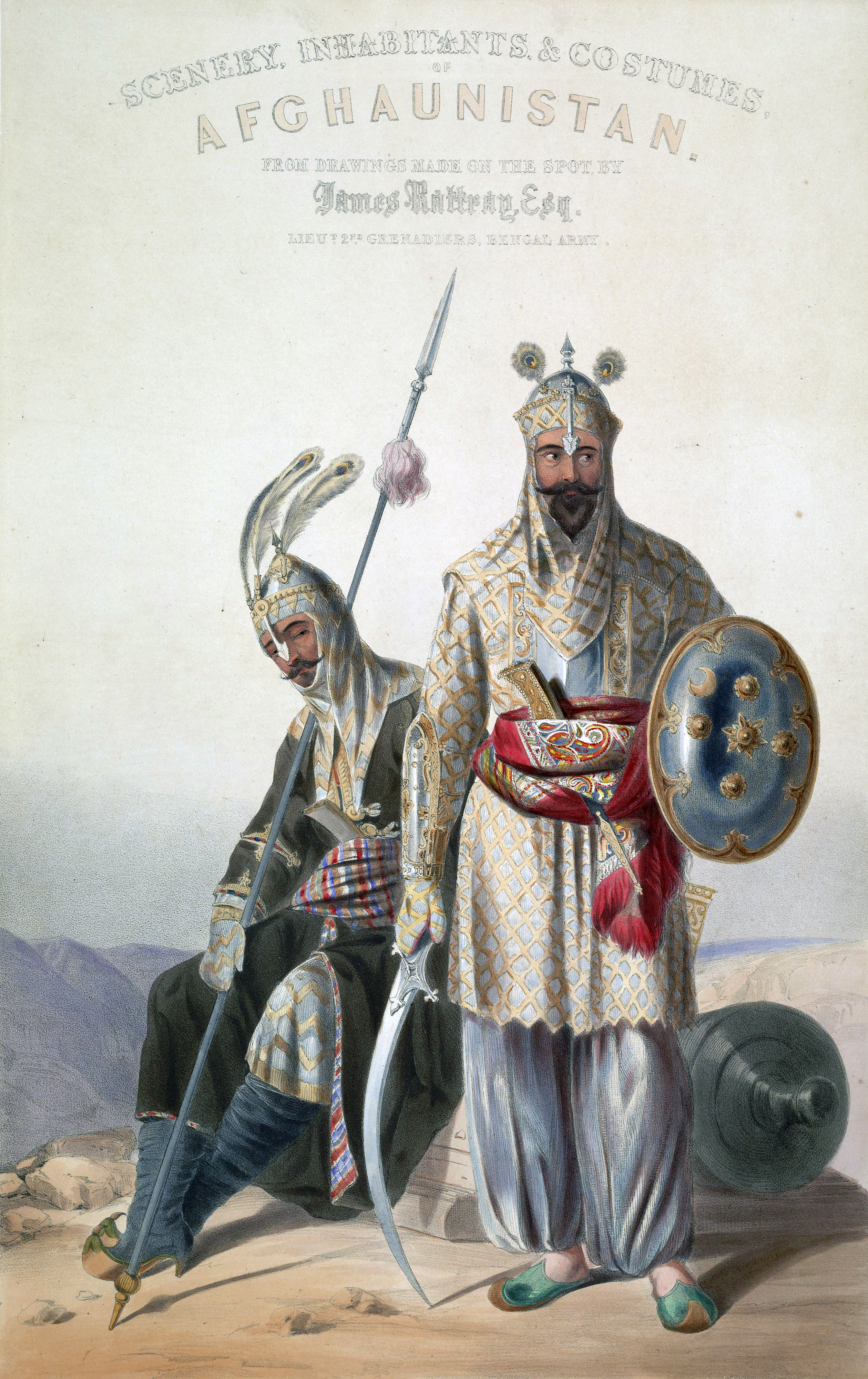 |
| Ida Waugh (1890) |
Senefelder had experimented during the early 19th century with multicolor lithography; in his 1819 book, he predicted that the process would eventually be perfected and used to reproduce paintings.[1] Multi-color printing was introduced by a new process developed by Godefroy Engelmann (France) in 1837 known as chromolithography.[1] A separate stone was used for each color, and a print went through the press separately for each stone. The main challenge was to keep the images aligned (in register). This method lent itself to images consisting of large areas of flat color, and resulted in the characteristic poster designs of this period.
 |
| Ernst Haeckel (1904) |
 |
| James Rattray (1847) |
 |
| Arribas (1937) |
 |
| Julio Suarez (1942) |
No comments:
Post a Comment